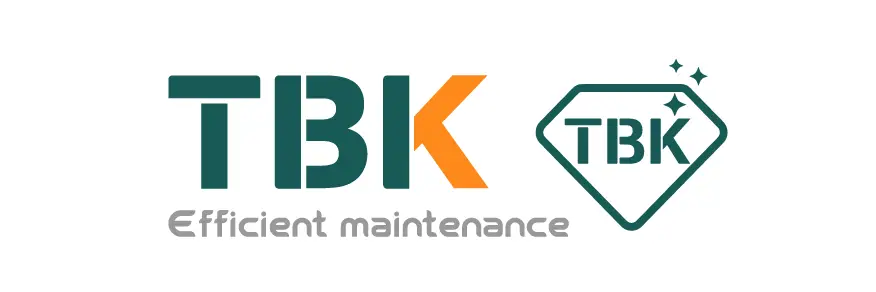Step-by-Step Guide On Using An LCD Separating Machine
LCD separating machines are essential tools for anyone working in the electronics repair industry. These machines allow you to easily separate the LCD screen from the digitizer without damaging either component. However, using an LCD separating machine requires skill and precision to ensure a successful repair. In this step-by-step guide, we will walk you through the process of using an LCD separating machine effectively. Whether you're a professional technician or a DIY enthusiast, this guide will help you navigate the complexities of LCD screen repair.
Choosing the Right LCD Separating Machine
Before you can start using an LCD separating machine, you need to make sure you have the right tool for the job. LCD separating machines come in a variety of shapes and sizes, each designed for specific types of devices. When choosing an LCD separating machine, consider the size of the devices you will be working on, as well as the level of precision you require. Some machines are manual, requiring you to use physical force to separate the LCD screen, while others are automatic, using heat and pressure to safely remove the screen. Take the time to research different models and read reviews to find the best LCD separating machine for your needs.
Preparing Your Workstation
Once you have chosen the right LCD separating machine, it's time to set up your workstation. Start by gathering all the necessary tools and materials, including the LCD separating machine, replacement parts, heat gun, suction cup, and any other tools required for the repair. Make sure your workstation is clean and well-lit to avoid any accidents during the repair process. It's also a good idea to wear protective gear, such as gloves and safety goggles, to protect yourself from any potential hazards. Having everything you need within reach will help you work more efficiently and minimize the risk of damaging the device.
Removing the LCD Screen
With your workstation set up, it's time to start the LCD separating process. Begin by removing the device's back cover and battery, if applicable, to access the internal components. Use the heat gun to apply heat to the edges of the device, softening the adhesive that holds the LCD screen in place. Be careful not to overheat the device, as this can cause damage to the screen. Once the adhesive is softened, use a suction cup to gently lift the LCD screen from the digitizer. Take your time and work slowly to avoid damaging the delicate components. Once the screen is lifted, carefully detach any ribbon cables or connectors that are still attached.
Using the LCD Separating Machine
Now that you have removed the LCD screen, it's time to use the LCD separating machine to separate the screen from the digitizer. Place the device in the LCD separating machine, making sure it is securely held in place. Adjust the settings on the machine to apply the appropriate amount of heat and pressure for your specific device. Start the separating process, allowing the machine to safely remove the LCD screen without damaging it. Monitor the progress closely and make any necessary adjustments to ensure a smooth separation. Once the screen is separated, carefully remove it from the machine and set it aside for reassembly.
Reassembling the Device
With the LCD screen successfully separated, it's time to reassemble the device. Begin by cleaning the digitizer and removing any excess adhesive or debris. Carefully place the new LCD screen onto the digitizer, making sure it is properly aligned. Reattach any ribbon cables or connectors that were detached during the separation process. Once everything is securely in place, reassemble the device by replacing the back cover and battery. Turn on the device to test the new LCD screen and ensure everything is functioning correctly. Make any final adjustments if necessary before returning the device to the customer.
In conclusion, using an LCD separating machine requires skill, patience, and attention to detail. By following this step-by-step guide, you can safely and effectively separate LCD screens from digitizers without causing any damage. Remember to choose the right machine for your needs, prepare your workstation properly, remove the LCD screen with care, use the LCD separating machine correctly, and reassemble the device with precision. With practice and experience, you can become proficient in LCD screen repair and provide high-quality service to your customers. Start mastering the art of using an LCD separating machine today and elevate your electronics repair skills to the next level.






























